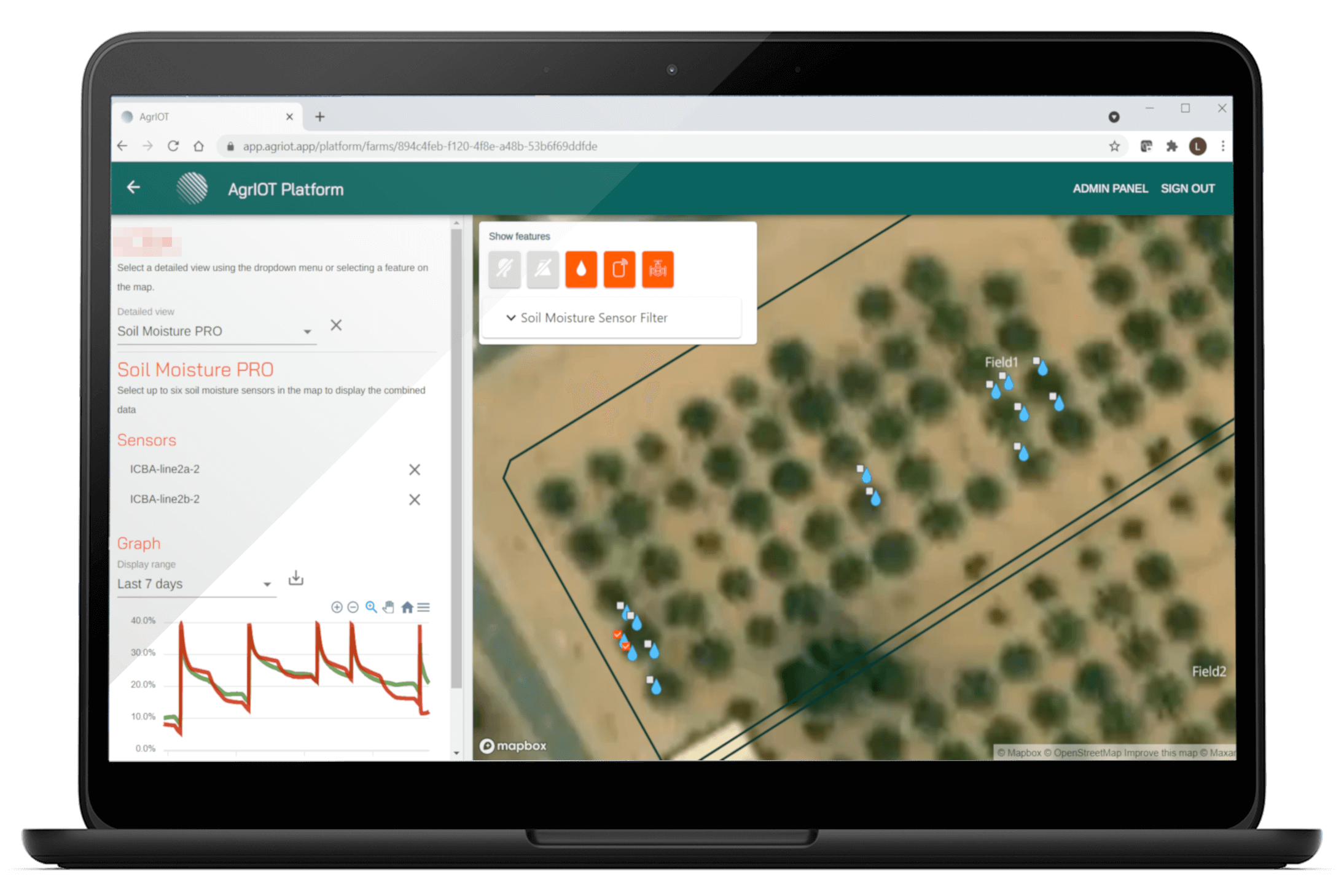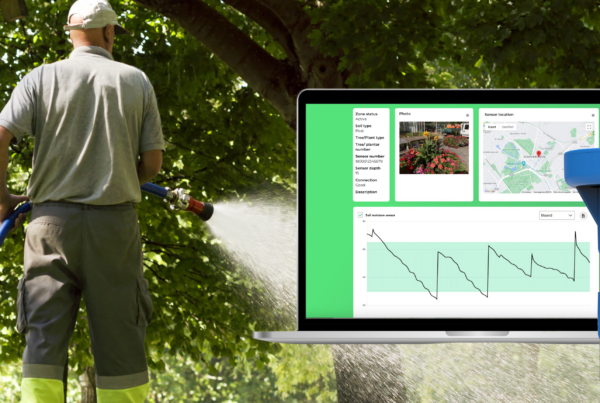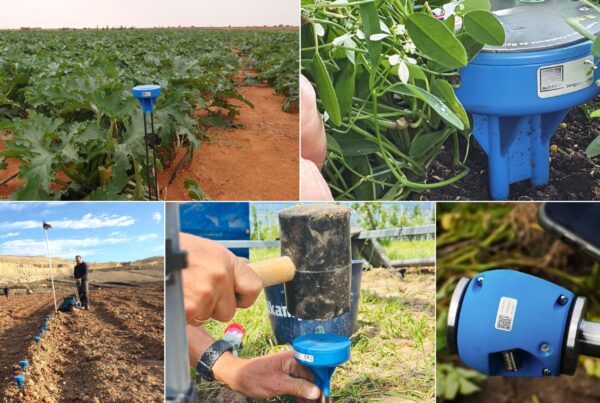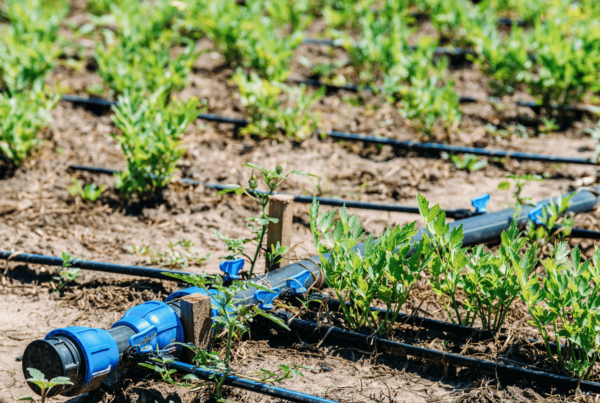Unlocking the Potential of Sensor Technology and IoT: Navigating the Landscape of Data-Driven Decision Making
In an era where sensor technology and the Internet of Things (IoT) are fundamental, these transformative fields are rapidly expanding, showing no signs of slowing down. Traditionally, sensor hardware has commanded the spotlight, and rightfully so, as sensors offer tangible solutions. However, the heart of the matter lies in the accessibility and interpretation of sensor data, making it the core element in this technological landscape.
Consequently, many suppliers of soil moisture sensors and moisture sensors have crafted their unique platforms and apps centered around their sensor offerings. In the past, this proprietary approach was necessitated by the absence of viable alternatives, leaving users with no other choice. Fortunately, this scenario has evolved in recent years. A multitude of innovative platforms has arisen, ushering in an era of API-first solutions.
The Challenge of Multitude Apps and Fragmented Insights
This plethora of proprietary apps has created a contemporary conundrum for end-users, as they grapple with the challenge of toggling between numerous apps and managing just as many apps as they have sensors. While toggling between two or three apps may be manageable, the complexity grows exponentially as the number of sensors expands. Users now find themselves contending with the burden of handling anywhere from 5 to 20 apps on a daily basis. This sensor overload presents significant challenges, further compounded by the inherent difficulty in aggregating insights from various data sources or appending additional inputs to enhance the decision-making process.
Empowering Data-Driven Decision Making with Modern Platforms
Recent years have witnessed the emergence of a plethora of robust data-driven decision-making platforms that seamlessly align with Sensoterra’s ‘API-first’ philosophy. As sensor hardware continually advances, new sensors are introduced, and the dynamic nature of diverse scenarios unfolds, the need for a versatile approach to gather insights becomes apparent. This adaptability allows sensor end-users to harness the versatility of a diverse array of sensors, customizing them to address their specific requirements. These needs may shift over time or exhibit significant variance among different crop types and plant varieties.
Unleashing Control and Integration with the Sensoterra API
At the forefront of this transformation is the Sensoterra API, a formidable tool that offers end-users complete control over sensor data and settings. Furthermore, it delivers real-time push notifications directly into users’ platforms, thereby reducing reliance on external interfaces. This unparalleled level of integration and control signifies a substantial advancement, streamlining the sensor management process and simplifying the user experience. Effectively, it minimizes the need for users to juggle numerous apps, providing a centralized platform for seamless management.
Practical Examples of Platform Integrations
Several instances of successful platform integrations stand as tangible proof of this innovative approach:
- The AgrIoT platform from Smart Farm Sensing (featured in the header image of this article)
- The ConnectedGreen platform from ConnectedGreen
- The Senscity Data platform from ClimaSens
As sensor technology continues to evolve, the adoption of data-driven decision-making platforms and an API-first approach can significantly enhance efficiency, offering users the flexibility and insights needed to thrive in various applications, ranging from smart cities and agriculture/horticulture to water and drought management.
About Sensoterra
Sensoterra develops low-cost, simple, and robust wireless soil moisture sensors, providing actionable insights that enable water management platforms and solutions. Our sensors are built to integrate into any platform with our unique ‘API first’ philosophy – offering freedom and flexibility for data integration. It is our mission to enable water management platforms and solutions worldwide. We help by ‘Making Sense of Water’. We produce simple, robust, and low-cost wireless soil moisture sensors that are easy to deploy and built to integrate. With proven success in the applications of smart city landscaping, environmental monitoring, and precision agriculture, the Sensoterra solution integrates seamlessly in existing water and land management platforms.
Contact for more information, pictures and/or interview requests:
Jessica Nuboer
Marketing & Communications
Sensoterra
Email: [email protected]






